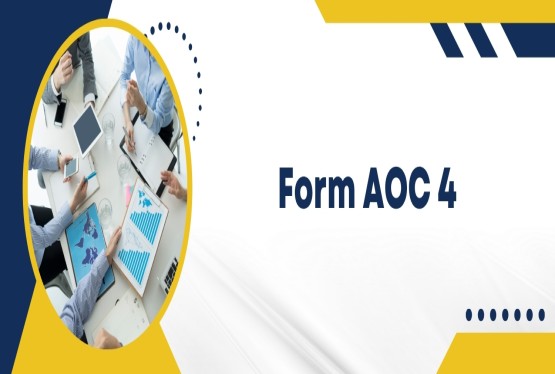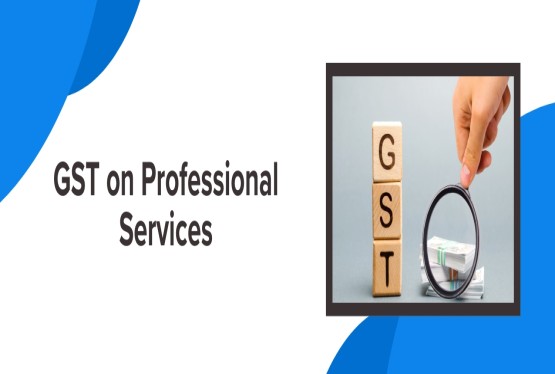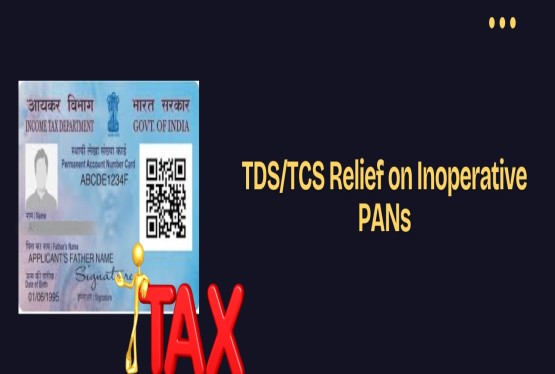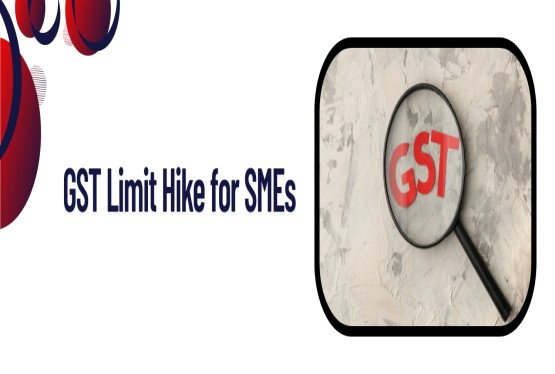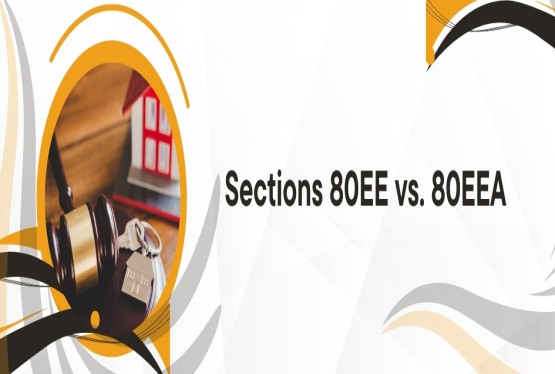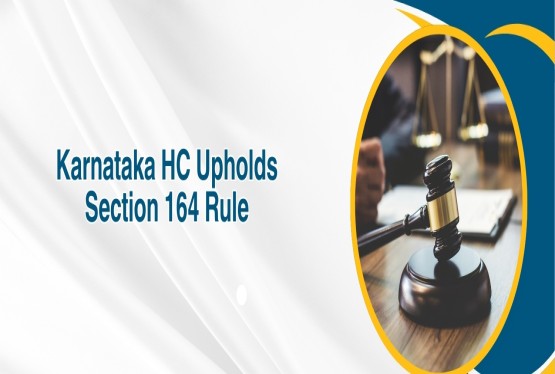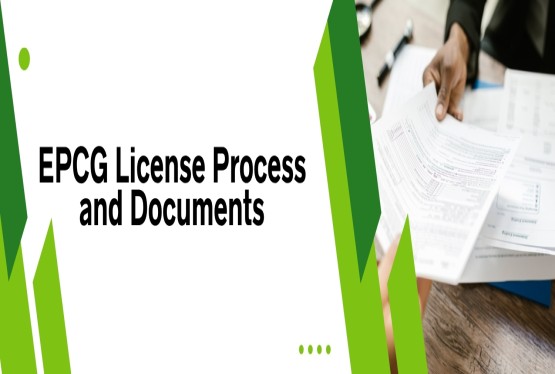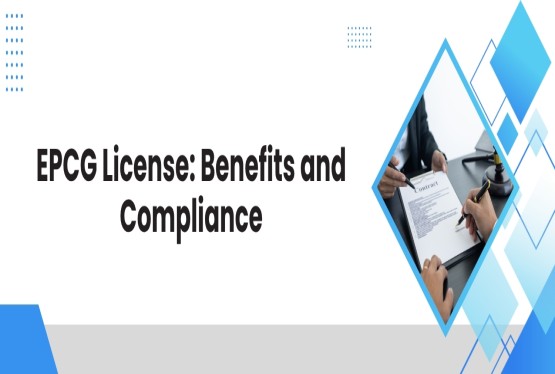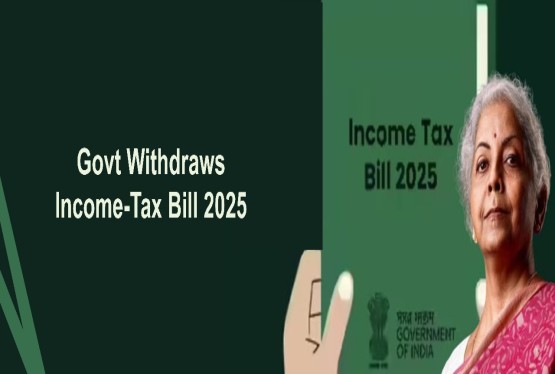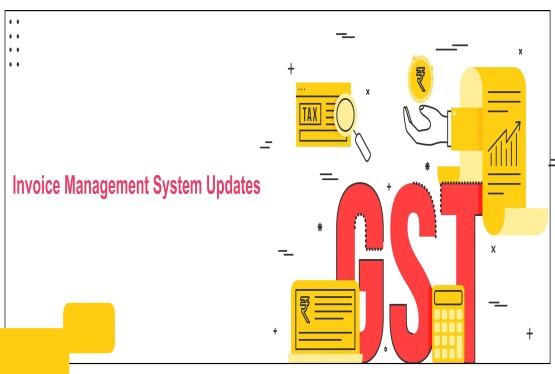Income tax notices are formal communications sent by the Income Tax Department to individuals or entities regarding discrepancies, missing filings, assessments, or compliance issues. These notices are issued under various sections of the Income Tax Act, 1961, depending on the nature of the case ranging from a routine check to reassessment of income or demand for outstanding taxes. Each notice has a specific time frame within which it must be issued and responded to. Failing to act within these time limits can result in penalties, interest, or legal proceedings. In this article, we will explore the different types of income tax notices and the statutory time limits associated with each, ensuring taxpayers are prepared to handle them effectively.
Section 142(1): Inquiry Before Assessment
Section 142(1) of the Income Tax Act, 1961 empowers the Assessing Officer (AO) to make inquiries before completing the assessment of a taxpayer's return. This notice is typically issued when the AO requires additional information, clarification, or documents related to the return filed, or in cases where the return has not been filed at all, and the AO seeks to initiate the assessment process. The purpose of this notice is to ensure that the AO has all the necessary data to make a fair and complete assessment of the taxpayer’s income, deductions, and tax liability.
The notice under Section 142(1) may require the taxpayer to:
-
Furnish a return of income if not already filed,
-
Submit accounts, books, and other documents,
-
Provide a statement of assets and liabilities,
-
Disclose specific information relating to income or expenditure.
There is no fixed deadline in the Act for the issuance of this notice, but it must logically precede the final assessment. However, the taxpayer must comply within the time specified in the notice, which is typically 15 to 30 days from the date of service. Failure to respond may lead to a best judgment assessment under Section 144 and may attract a penalty under Section 271(1)(b) or prosecution under Section 276D in severe cases.
The notice under Section 142(1) is not necessarily indicative of suspicion or wrongdoing; it is often procedural. However, it should be treated with due seriousness, and the taxpayer should ensure timely, accurate, and complete submission of the requested information to avoid adverse consequences.
Time Limit for Issuance of Notice Under Section 142(1)
Section 142(1) of the Income Tax Act, 1961 empowers the Assessing Officer (AO) to issue a notice to a taxpayer, either to furnish a return of income (if not filed) or to produce books of accounts and other relevant documents. The applicable time limits for issuing such notices depend on the specific context in which they are issued. These can be broadly categorized into two scenarios:
Notice for Production of Books of Accounts or Information
When a notice under Section 142(1) is issued to require the production of books of accounts or other documents, the income tax department must restrict its inquiry to a period not older than three years preceding the relevant financial year in which the notice is issued.
For example: If a notice is issued on 24 May 2025, it falls in the Financial Year 2024–25. In such a case, the AO can demand the production of records pertaining to Assessment Year 2022–23 (i.e., Previous Year 2021–22) and not any period prior to that. Therefore, the scope of such a notice is limited to the three financial years immediately preceding the year of issue.
Notice for Non-Filing of Return of Income
If a person has not filed a return of income, the AO may issue a notice under Section 142(1) asking the assessee to file the return. In such cases, the Income Tax Act does not explicitly specify a time limit for issuing this notice. However, since this notice precedes the assessment process, it is implied that the notice must be issued within the timeframe allowed for completing the assessment.
Reference to Assessment Time Limits
Although no direct time limit is provided for issuing a Section 142(1) notice in case of non-filing of return, the law prescribes a time limit of 12 months from the end of the relevant assessment year for completing assessments under Section 143(3). Therefore, it is reasonably inferred that such notices should also be issued well within this timeline so that the department has sufficient time to complete the assessment.
Time Limit for Response by the Assessee
Once a notice under Section 142(1) is served, the assessee must comply within the time limit specifically mentioned in the notice, which is generally 15 to 30 days from the date of service. The assessee may seek an extension by submitting a written request, but failure to respond within the stipulated time may lead to best judgment assessment under Section 144, along with possible penalties.
Section 143(1) – Intimation on Summary Assessment
Summary assessment under Section 143(1) refers to the preliminary processing of the income tax return filed by the assessee. It is a system-driven, non-intrusive check that identifies obvious errors and discrepancies without involving detailed scrutiny. This process is undertaken by the Income Tax Department to verify the correctness of the return and to ensure that it aligns with the basic provisions of the Income Tax Act, 1961.
It is important to note that under Section 143(1), the communication sent to the assessee is termed an “intimation” and not a formal “notice.” This intimation is issued after the taxpayer has filed the return—either under Section 139(1) (voluntary filing) or Section 142(1) (filing in response to a notice). The intimation highlights apparent inconsistencies or errors in the return, such as:
-
Arithmetical errors in the income or tax computation,
-
Incorrect claims that are clearly inadmissible on the face of the return,
-
Carried-forward losses claimed from previous years where the return was filed beyond the due date under Section 139(1),
-
Disallowance of expenditure flagged in the Tax Audit Report but not disallowed in the computation of income,
-
Deductions claimed under Chapter VI-A or Section 10AA where the return was filed after the prescribed due date.
These discrepancies do not result from a detailed inquiry but from obvious contradictions visible during automated processing. The Assessing Officer may adjust the return based on these findings and issue an intimation accordingly.
Time Limit for Issuing Intimation Under Section 143(1)
The law mandates that the intimation under Section 143(1) must be issued within 9 months from the end of the financial year in which the return of income is filed. For example, if the return is filed for the Financial Year 2024–25, which ends on 31st March 2025, the intimation must be issued on or before 31st December 2025. If no intimation is issued within this time frame, the return is considered to be accepted as filed.
Time Limit to Respond to the Intimation
Once the intimation is issued, the assessee is required to respond within 30 days from the date of issue. This period is provided for the assessee to accept or dispute the adjustments proposed by the Assessing Officer.
-
If the assessee responds within 30 days, the department will consider the response and examine its validity. The Assessing Officer will reprocess the return, taking the explanation into account before making any tax adjustments or demands.
-
If no response is submitted within 30 days, the Assessing Officer is empowered to proceed with the proposed adjustments mentioned in the intimation. In cases of persistent or intentional non-compliance, this may lead to penal actions under Section 271, or even prosecution under Section 276D, which may carry penalties and, in extreme cases, imprisonment.
Section 143(2) – Notice on Scrutiny Assessment
A scrutiny assessment under Section 143(2) of the Income Tax Act, 1961 is a more detailed examination of a taxpayer's return by the Assessing Officer (AO). This notice is issued when the AO either finds inconsistencies in the return filed or is not satisfied with the explanations or documents furnished by the assessee. In some cases, it may also be issued when no response has been received to an earlier notice under Section 142(1). The purpose of this scrutiny is to verify the correctness of income declared, deductions claimed, exemptions availed, and any transactions reported, allowing the AO to ensure that the return reflects the true income and tax liability.
When a case is selected for scrutiny, the AO issues a notice under Section 143(2), requiring the assessee to furnish further evidence, documentation, or clarifications. This notice initiates a formal scrutiny process where the assessee is expected to cooperate and provide the requested details, such as profit and loss computations, supporting bills for exemptions or deductions claimed, or explanations for major financial transactions.
Time Limit for Issuance of Notice Under Section 143(2)
The notice under Section 143(2) must be issued within 3 months from the end of the financial year in which the return is furnished. For example, if the assessee filed the return on 19 February 2025, the financial year ends on 31 March 2025, and the last date for the issuance of the notice under Section 143(2) would be 30 June 2025. If the notice is not issued within this statutory time frame, the assessment cannot proceed under scrutiny provisions, and the return is deemed to be accepted.
Time Limit for Response to the Notice
The assessee is expected to respond to the scrutiny notice within the time frame specified in the notice itself. Generally, the AO allows 15 to 30 days for submission of information or attendance. However, if more time is needed, the assessee can request an extension by providing valid reasons.
Consequences of Non-Compliance
Failure to comply with the notice within the stipulated time can lead to adverse consequences. Under Section 271, the Income Tax Department may impose monetary penalties for non-compliance. Additionally, if the assessee does not respond, the AO may proceed with a Best Judgment Assessment under Section 144, wherein the income is assessed based on the available information and assumptions made by the department. In such cases, the taxpayer is not given further opportunity to clarify or contest the figures, which may lead to inflated tax demands.
Relaxation of Time Limits
In exceptional cases, where there is a genuine reason for the delay, the assessee may file an application under Section 119(2) of the Act to the Central Board of Direct Taxes (CBDT), requesting relaxation of time limits. The AO may also consider condoning delays at his discretion in case of procedural lapses.
Section 148 – Notice on Income Escaping Assessment
The concept of income escaping assessment arises when a taxpayer has either failed to disclose certain income in their return of income, or the Assessing Officer (AO) has inadvertently missed assessing such income during the original assessment process. In such cases, the law empowers the AO to reopen the case and reassess the taxpayer's income for that specific financial year, even if the original assessment has already been completed.
This provision also applies where no prior assessment was carried out under Section 143(3) and the time limit for conducting such an assessment has expired. If the AO later receives credible information indicating that income chargeable to tax has escaped assessment, they can reopen the return and initiate reassessment under Section 147, beginning with a notice under Section 148.
Procedure to Initiate Reassessment – Section 148A and 148
Before issuing a notice under Section 148, the Assessing Officer must follow the procedure laid down under Section 148A. This involves serving a show cause notice to the assessee, detailing the reasons for reopening the case and providing an opportunity to explain why reassessment should not be initiated. If, after evaluating the response, the AO concludes that reassessment is warranted, a formal notice under Section 148 is issued, directing the assessee to file a return for the relevant assessment year.
It is essential to understand that a notice under this section can only be issued when the AO possesses specific and credible information indicating that income has escaped assessment. However, this provision does not apply to cases already pending in appeal, revision, or rectification for the same assessment year and on the same issue.
Time Limit for Issue of Notice Under Section 148 – Income Escaping Assessment
The issuance of a notice under Section 148 of the Income Tax Act, 1961, is subject to specific time limits, which were revised significantly by the Finance Act, 2021 and are applicable from Assessment Year 2021–22 onwards. These timelines are designed to ensure that reassessment proceedings are initiated only within a reasonable and justified period, especially when income has escaped assessment.
General Time Limit – Up to 3 Years
The Assessing Officer (AO) can issue a notice under Section 148 within 3 years from the end of the relevant assessment year if any income has escaped assessment. This applies to all cases, regardless of the quantum of income, unless covered by the extended timeline discussed below.
Example:
For Assessment Year (AY) 2021–22 (i.e., FY 2020–21), the notice can be issued up to 31st March 2025.
Extended Time Limit – Up to 10 Years (High Income Escapement)
A longer time limit of up to 10 years from the end of the relevant assessment year applies only if the Assessing Officer has evidence that:
-
Income chargeable to tax of Rs.50 lakh or more has escaped assessment, and
-
Such income is represented in the form of:
-
An asset (e.g., land, building, shares),
-
Expenditure related to a transaction or event, or
-
Book entries.
This extended limit applies only to serious cases involving significant tax evasion backed by credible material or third-party information.
Example:
For AY 2016–17, if escaped income is Rs.50 lakh or more and represented in the form of an asset, notice can be issued up to 31st March 2027.
Additional Safeguards
-
No notice under Section 148 can be issued unless the procedure under Section 148A (show cause notice and opportunity of hearing) is followed.
-
Notices cannot be issued in cases already under appeal, revision, or rectification for the same issue and year.
-
The approval of specified authorities is required before issuing such notices:
-
For cases within 3 years: Approval of Principal Commissioner or Commissioner.
-
For cases beyond 3 years and up to 10 years: Approval of Principal Chief Commissioner or Chief Commissioner.
Section 156 – Demand Notice
Once the assessment of income is completed by the Assessing Officer, an assessment order is issued determining the taxpayer’s liability towards tax, interest, penalty, or any other sum payable under the Income Tax Act, 1961. In cases where any amount is found to be recoverable from the assessee, the department must serve a formal demand notice under Section 156 along with the assessment order. This demand notice specifies the amount payable and the time frame within which the payment must be made.
The demand notice is a legally enforceable communication, and unless it is served, the assessee is not legally obligated to pay the amount stated in the assessment order. Thus, the service of the notice is a mandatory procedural requirement before any recovery action can be initiated by the department.
Time Limit to Respond and Make Payment
The assessee is required to make the payment mentioned in the demand notice within 30 days from the date of service of the notice. However, in certain exceptional or hardship cases, the Assessing Officer may, with the prior approval of the Joint Commissioner, either:
-
Extend the time limit for payment, or
-
Allow the taxpayer to discharge the demand in installments.
This discretion is exercised judiciously, and the taxpayer must submit a written application justifying the need for such relief.
Consequences of Non-Compliance
If the assessee fails to pay the amount within the stipulated 30-day period, the following consequences may arise:
-
Interest under Section 220(2): Interest at the rate of 1% per month or part thereof is charged on the outstanding demand amount from the expiry of 30 days until the date of actual payment.
-
Penalty Proceedings: The Assessing Officer may initiate penalty proceedings, depending on the nature of the default. If the failure to pay is deliberate or repeated, additional penal consequences under the Income Tax Act may be levied.
-
Recovery Actions: The department is empowered to enforce recovery by attaching bank accounts, initiating garnishee orders, or even commencing prosecution in serious cases under the tax recovery provisions.
Section 139(9) – Defective Return Notice
When a taxpayer files their return of income, the Income Tax Department examines the return for completeness and accuracy. If the Assessing Officer or the system processing the return identifies any defect or discrepancy in the filed return, a communication is sent to the assessee treating the return as defective under Section 139(9). This is known as a defective return notice, and it highlights specific issues such as missing mandatory fields, incomplete information, or failure to attach necessary statements or audit reports.
Rather than rejecting the return outright, the department provides the assessee with an opportunity to rectify the defect. This approach allows the taxpayer to correct genuine errors without losing the benefit of having filed a return.
Time Limit to Respond
The assessee is generally required to rectify the defects within 15 days from the date of issue of the notice. However, if the taxpayer is unable to comply within this period, a written request for extension can be submitted. The Assessing Officer has the discretion to extend the deadline, provided there is a reasonable cause for the delay.
Consequences of Not Responding in Time
If the assessee fails to rectify the defect within the stipulated time (and does not obtain an extension), the return originally filed will be treated as invalid. In such a scenario, it will be considered as if no return was filed at all, which may lead to denial of refund claims, loss of carry-forward of losses, and exposure to penalty or interest for failure to file a return under Section 139(1).
Conclusion
Income tax notices serve as formal communications from the Income Tax Department to address issues such as return discrepancies, underreporting of income, reassessment, or outstanding tax demands. Each type of notice—whether under Section 143(1), 143(2), 148, 139(9), or 156—has a specific purpose and comes with a legally defined time limit for issuance and response. Timely understanding and compliance are essential to avoid penalties, interest, or further legal action. Ignoring or delaying action on such notices can lead to serious consequences, including best judgment assessments or prosecution. Therefore, taxpayers must stay vigilant, track deadlines carefully, and respond appropriately to ensure transparency and adherence to the provisions of the Income Tax Act, 1961.
If you have any queries regarding Income Tax Notice and its types, then you can connect with Compliance Calendar LLP experts through email info@ccoffice.in or Call/Whatsapp at +91 9988424211.
FAQs
Q1. What are the common types of notices issued under the Income Tax Act?
Ans. Common types include notices under Sections 142(1), 143(1), 143(2), 148, 139(9), and 156 for inquiry, assessment, reassessment, defective returns, and tax demands.
Q2. What is the time limit for receiving a notice under Section 143(1)?
Ans. The notice under Section 143(1) must be issued within 9 months from the end of the financial year in which the return is filed.
Q3. How long does the Assessing Officer have to issue a scrutiny notice under Section 143(2)?
Ans. The notice under Section 143(2) must be issued within 3 months from the end of the financial year in which the return is furnished.
Q4. What happens if I don't respond to a defective return notice under Section 139(9)?
Ans. If the assessee fails to rectify the defect within 15 days (or extended time), the return is treated as invalid, as if it were never filed.
Q5. What is the maximum time limit for issuing a notice under Section 148?
Ans. Generally, notice under Section 148 can be issued within 3 years, extendable up to 10 years if escaped income is Rs.50 lakh or more and represented in the form of an asset.
Q6. What is the time limit to pay a demand raised under Section 156?
Ans. The assessee must pay the demand amount within 30 days of receiving the notice. Failure to pay may attract 1% interest per month and penalty proceedings.








_crop10_thumb.jpg)




































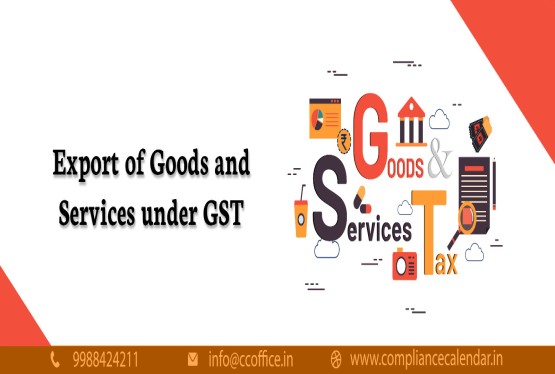













































_for_FY_2025-26_crop10_thumb.jpg)



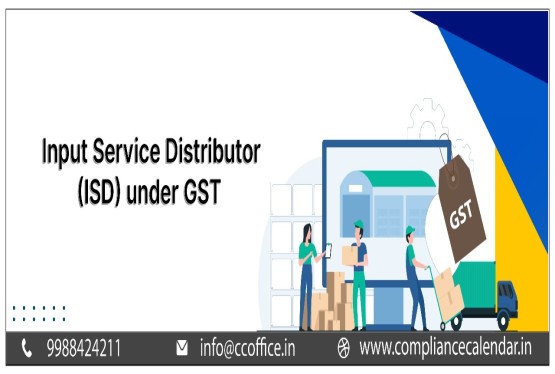








_learn_crop10_thumb.jpg)








_Filing_Due_Dates_for_FY_2024-25_learn_crop10_thumb.jpeg)
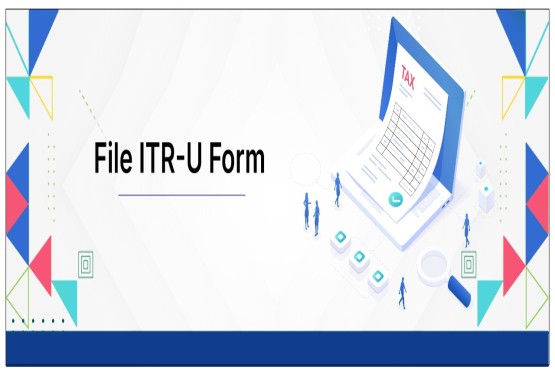

























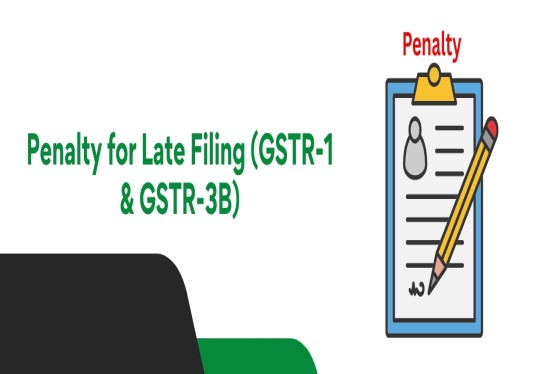












_of_GST_Act_learn_crop10_thumb.jpg)










_Under_GST_learn_crop10_thumb.jpg)









_crop10_thumb.jpg)


_crop10_thumb.jpg)






_learn_crop10_thumb.jpg)






















_of_the_Income_Tax_Act_learn_crop10_thumb.jpg)



_learn_crop10_thumb.jpg)
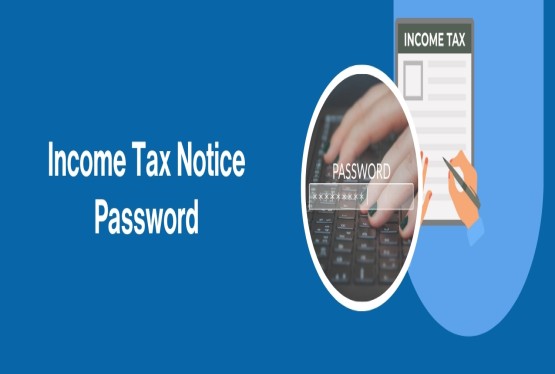





_learn_crop10_thumb.jpg)






_crop10_thumb.jpg)




















_in_The_Income_Tax_Act,_1961_learn_crop10_thumb.jpg)



_learn_crop10_thumb.jpg)



_of_the_Income_Tax_Act_learn_crop10_thumb.jpg)


_Of_Income_Tax_Act_learn_crop10_thumb.jpg)








_learn_crop10_thumb.jpg)








_learn_crop10_thumb.jpg)
_crop10_thumb.jpg)





















_learn_crop10_thumb.jpg)
_for_Import_and_Export_learn_crop10_thumb.jpg)









